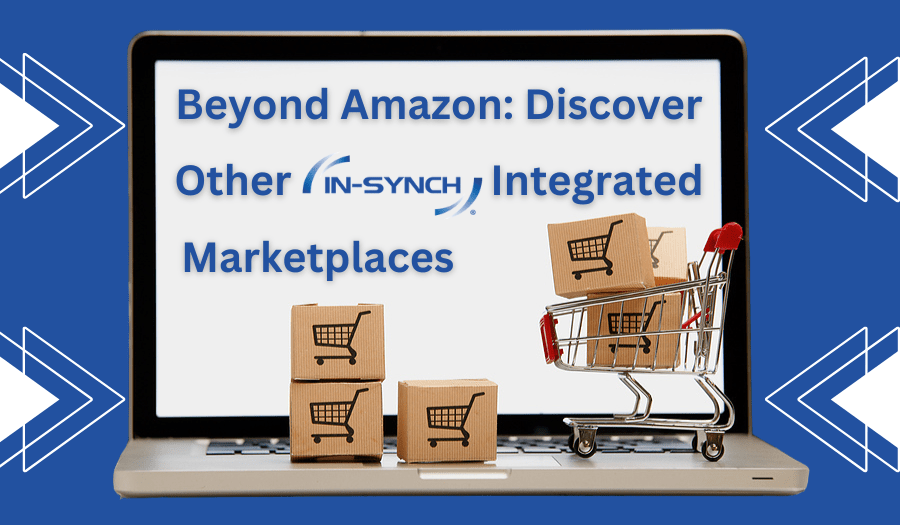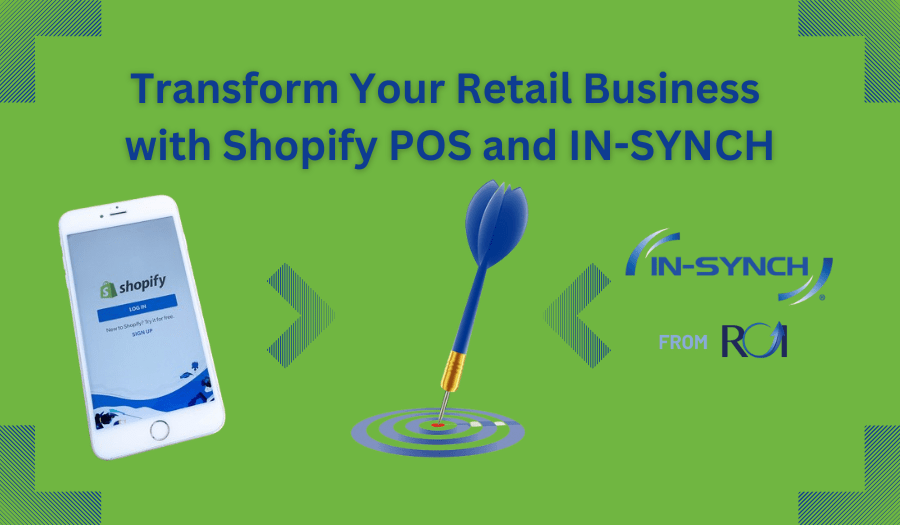By Ruth Richter • May 08, 2019
Remember when all your cellular phone did was make and take calls? Without pre-programmed phone books, you still had to memorize or look up the numbers you needed to call. The screen displayed a phone number, and that was it. The phone was heavy due to a battery that barely held a charge for more than a few hours. Compare that to the newest iPhones with portrait mode cameras and countless apps, or the new foldable Samsung Galaxy phone.
The rapid progression of cell phone technology has changed the way most of us live, from shunning landlines to how we apply for mortgages, to yes, how we shop.
The Rise of Mobile Commerce
Last month we mentioned that the upcoming rollout of 5G will have a big impact on mobile ecommerce. But the mobile shopping rush happened long before 5G was on anyone’s mind.
While there are still times it’s helpful to access an ecommerce site from a tablet or desktop, over the three years spanning 2015 to 2017, website traffic from those devices actually declined. But that doesn’t mean online shopping has become passé—just the opposite, in fact. Desktop traffic declined by 17 percent, but smartphone traffic grew a staggering 89 percent between 2015 and 2017. Smartphones also grew in revenue per visit. At the start of 2015, smartphone visits were worth 20 percent of desktop visits. By the end of 2017, they had jumped to 30 percent.
Growing Revenue With Mobile Ecommerce
Considering those astounding statistics, 5G is going to add even more incredible jumps, as projected by experts. Assuming that 5G rolls out smoothly as scheduled, it is projected to mean an additional $12 billion in mobile ecommerce revenue for retailers in just three short years.
As an ecommerce business, that ought to excite your accounting department. But that also means getting ready now for that significant jump in orders, fulfillment, and billing so that business systems (and the personnel who run them) are prepared to accommodate such rapid growth.
First, you’ll want to make sure your ecommerce site is scalable for mobile. Is the site easy to navigate on a smaller touch interface screen? Websites must embrace the shift to the smaller screen in order to stay relevant. Does the site load fast enough? Google found that more than half of mobile users will abandon a site that takes longer than three seconds to load.
Secondly, back-end support platforms such as your ERP, ecommerce sites, and third-party shopping carts will need to remain tightly connected to handle the increasing volume of orders from mobile ecommerce. That’s where IN-SYNCH® by ROI Consulting comes in. This real-time data synchronization application integrates Sage 100 with not only the most popular ecommerce platforms, but also existing website shopping carts such as Amazon and eBay. Whether your customers are scrolling through your site on their phone’s browser or pulling up your product through a search on the Amazon app, IN-SYNCH can ensure that incoming orders are automatically connected to Sage 100 for updated tracking, status, inventory, and other updates across the shopping journey.
Those are only the basics. IN-SYNCH can also provide custom integration, including customer specific pricing and the ability for customers to review all past orders, whether they were desktop, mobile, or even placed over the phone.
Get Ready for Mobile With IN-SYNCH®
Now is the time to lay the groundwork to handle an influx of orders from increasingly faster mobile devices. IN-SYNCH simplifies your business by maximizing your software investments. Let us show you how IN-SYNCH can change mobile commerce for your business for the better. Contact us here for more information, or use that cell phone to make a call and dial 402-934-2223, ext. 101.




